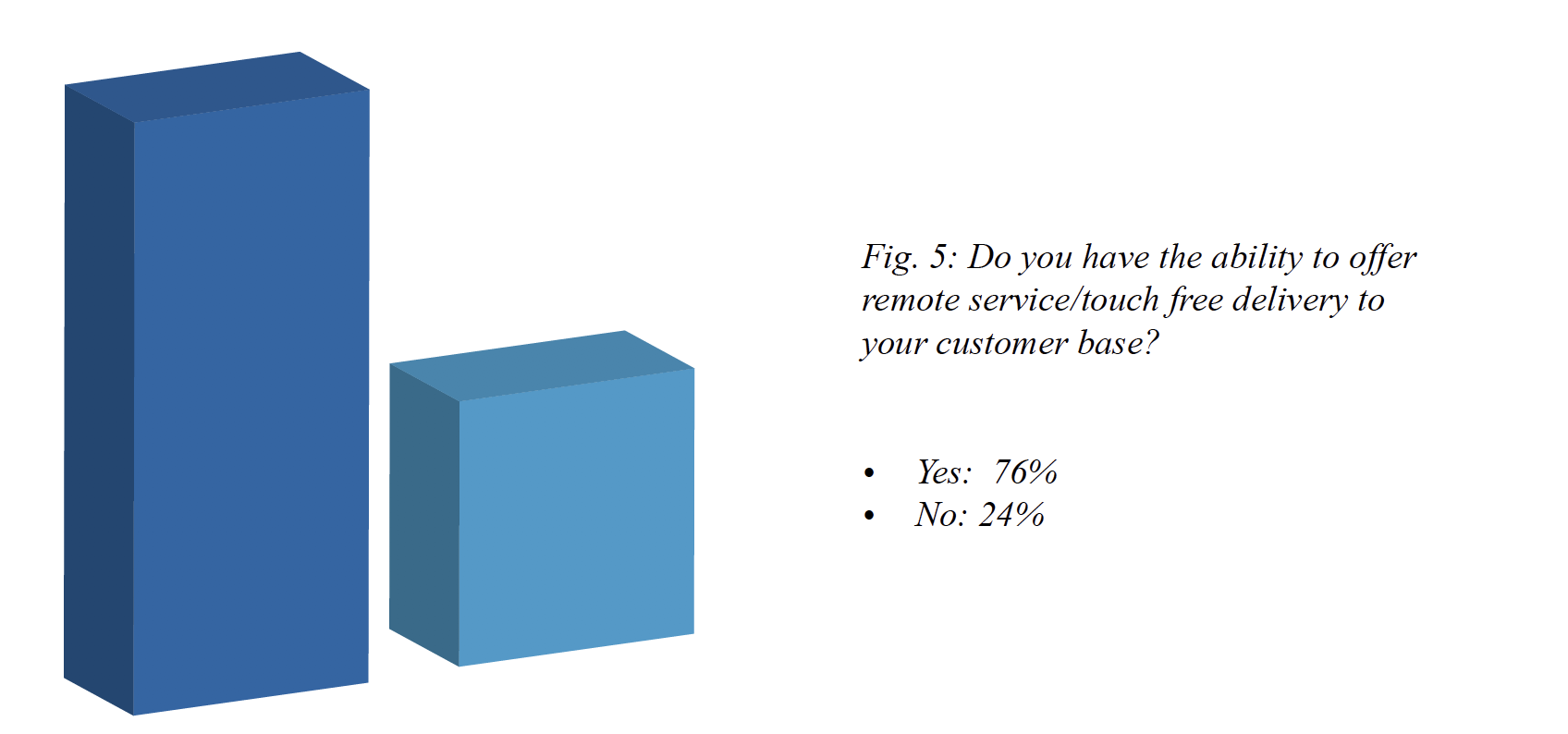As we continue our analysis of an exclusive Field Service News Research project run in partnership with FieldAware. we touch on one of the most critical questions of the moment – are we ready for zero-touch service delivery?
Of course, delivering great customer service means delivering your service offerings as and when you’re your customers want them.
Yet, in a world that requires remote service and zero-touch is that possible? From a practical side of things our industry has adapted incredibly well and relatively easily to delivering service from afar.
This is largely because the tools required to adopt such an approach were already available within the marketplace and had been for some time so have a reasonable level of maturity. For many organisations prior to the pandemic these tools were a consideration but not a burning necessity, almost overnight the drivers for adoption exploded.
They were no longer nice to have, they were now necessity.
Adoption of such tools has now reached over three quarters of market saturation with 76% field service companies now having the ability to offer remote service/touch free delivery to their customer base (figure 5) and of these over two-thirds (67%) implemented these tools as a direct result of the pandemic.

Further to this of those companies who stated that they hadn’t yet invested in such tools over three quarters (76%) were planning to do so and two thirds of these companies were aiming to do so within the next 6 to 12 months.
Simply put, within the space of 12 months we will see industry wide prevalence of remote service delivery tools.
This really is compelling evidence as to just how significantly our industry has evolved over the last 6 months and a good yard stick for quantifying the disruptive impact of COVID-19 on the field service sector.
However, while the rapid adoption of remote services may have been introduced as a result of the pandemic it looks like becoming a fixture of service delivery well beyond the recovery and an established part of the ‘new normal’.
Focusing on those companies that already had remote service delivery capabilities in place, over three quarters (76%) saw remote services primarily as a new means of generating service revenue entirely compared to just 17% who saw remote services primarily as a tool for working around the new restrictions.
Often, industry benchmarking studies such as this project tend to be more guiding indicators of possible emerging trends rather than clear assertions of the direction a sector is heading. Here however, the data would appear to be an exceptionally firm predictor of the importance that remote service capabilities will play in the field service landscape of the near future.

Want to know more?
FSN PRO and FSN PRO+ users can find the full paper this article is taken from in the premium resource library.
Find out more about our premium membership options here















